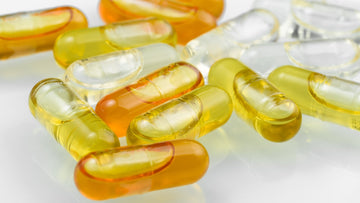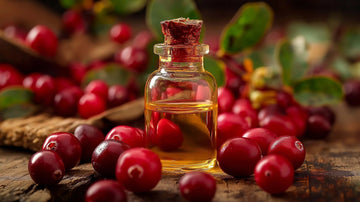1. Formulation and Process
1.1 Formulation
To enhance taste and improve stability, liquid dosage forms often include the following excipients:
-
Flavoring Agents: Improve palatability to increase consumer acceptance.
Common types: sucrose, monosaccharide syrup, aspartame, flavorings, mucilage. -
Preservatives: Inhibit microbial growth and extend shelf life.
Examples: benzoic acid, sodium benzoate, parabens, sorbic acid, potassium sorbate. -
Solubilizers: Enhance solubility of poorly soluble ingredients using surfactants.
Common: polysorbates, polyoxyethylene fatty acid esters. -
Co-solvents: Improve solubility by forming complexes or salts.
Examples: potassium iodide, citric acid, PVP. -
Suspending Agents: Increase viscosity to maintain uniform dispersion and prevent sedimentation.
Typical: glycerin, syrup, beeswax, acacia, sodium carboxymethyl cellulose.
1.2 Process
-
Raw Material Processing (Extraction, Purification, Concentration)
Solvent methods such as decoction, soaking, or reflux extraction are used.
Purification: alcohol precipitation, enzymatic treatment.
Concentration: reduces dosage volume and enhances stability. -
Blending: Concentrated extract is combined with excipients into a uniform solution.
-
Filtration: Removes fine particles and impurities to ensure clarity and consistency.
-
Filling: Liquid is aseptically filled into containers for safety.
-
Sterilization: Moist heat, UV, or radiation eliminate microbes to extend shelf life.
-
Packaging: Sealed to prevent oxidation/contamination; labeled with batch number and expiry.
2. Comparison with Other Dosage Forms
2.1 Efficacy and Quality
-
Advantages:
-
User-friendly, especially for children and elderly
-
Rapid absorption, quick onset, and higher bioavailability
-
Taste-masking enhances acceptability
-
-
Limitations:
-
Less accurate dosing than tablets/capsules
-
Lower stability, more prone to oxidation, hydrolysis, microbial spoilage
-
Shorter shelf life, more robust packaging needed
-
Less portable and harder to store
-
2.2 EHS (Environment, Health, and Safety)
-
Pros:
-
Simpler manufacturing
-
Lower particulate pollution
-
Reduced operator health risks
-
-
Cons:
-
Dosage inaccuracy risks
-
Susceptibility to light, temperature, and oxygen
-
Requires preservatives, which may affect safety
-
Higher volume, less eco-friendly packaging
-
2.3 Feasibility of Preparing Natural and Organic Products
-
Functional excipients (flavoring agents, preservatives, solubilizers, etc.) are usually required in liquid formulations.
-
Lack of protective shell (as in capsules) leads to:
-
Lower chemical stability
-
Higher microbial contamination risk
-
-
Preservatives and flavoring agents are essential.
-
Current excipient technology makes it difficult to ensure 100% natural/organic excipient systems.
-
👉 Therefore, fully organic liquid formulations are rarely feasible.
3. Conclusion
Liquid formulations are widely used due to their ease of administration, fast absorption, and high bioavailability. However:
-
They require multiple excipients for flavor, preservation, and solubility.
-
The production process involves extraction, formulation, filtration, filling, sterilization, and packaging.
-
Compared to solids, they are less stable, harder to dose accurately, and have shorter shelf lives.
-
Most liquid products cannot meet fully organic standards due to the current limitations of excipient sourcing and manufacturing.






